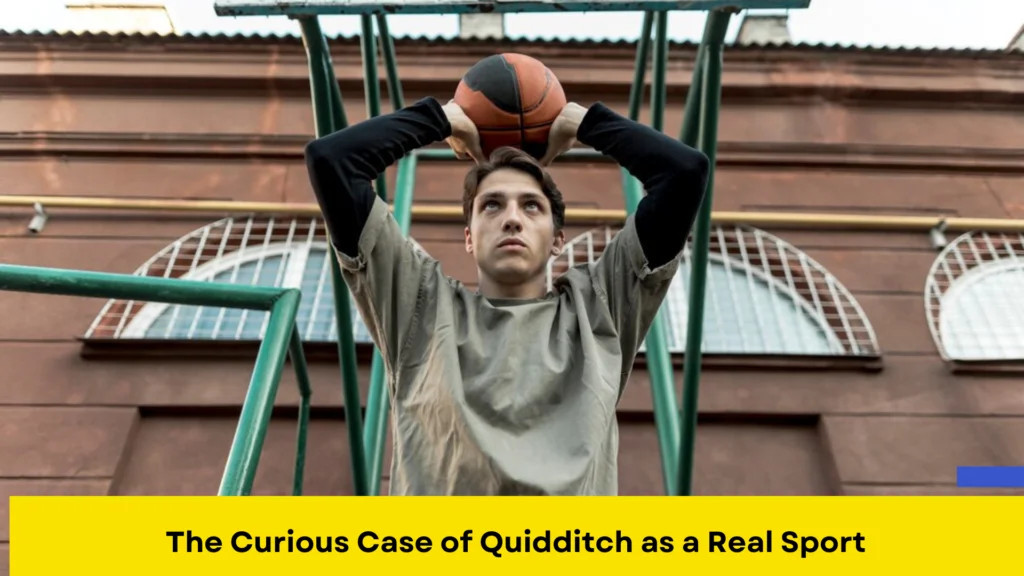He chops something and then points to a spot in the distance with his hand. [He needs to stay focused.] You need to put in a lot of effort. You didn’t come here to talk or even look at women. This bodybuilder yells, “One more, one more!” as he helps with the final reps. Or someone on the incline bench says, “You got it!”—a scene far from The Curious Case of Quidditch, yet driven by the same intense teamwork.
\When it’s time to change the weight for each set, the two bodybuilders usually share the burden on either side of the bar instead of one person having to do it. by giving the muscles a certain amount of time and energy, which saves them. People give and receive help, words, gestures, and looks. I have noticed certain occasions where replies would support and push each other to accomplish a repetition or even, as in the following note, to go to the gym and train often so they don’t lose muscle mass, even though bodybuilders may not even know each other or even train together:
Quidditch, also for Muggles
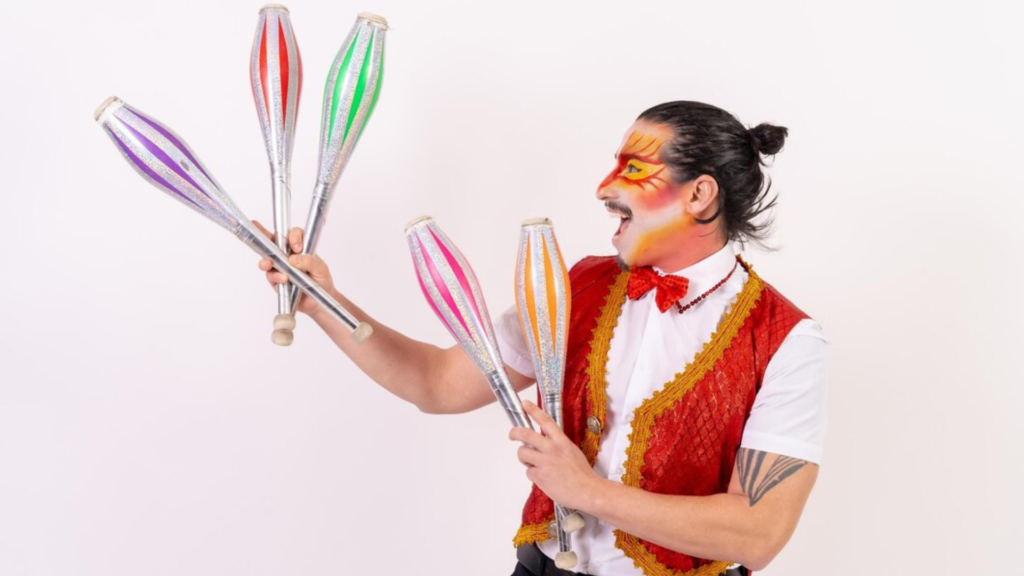
Leo!” This doesn’t completely rule out the possibility of open competition among practitioners. This can be euphemized and glorified in a ritualized, routinized, and skeletonized way, with a privileged intimacy, joking, mocking, or insulting that shows the agonistic state of social relations in a situation where face preservation is always needed. Tyler says to a sparring partner who is stronger but not as good, “I’m going to make you sweat, buddy!”
This is shown by the importance and hostility of horizontal contacts with family members, neighbors, or peer groups, even though they are crossed by the imposition of domineering norms, especially individualism, and different forms of acculturation. The sports activities indicated above help the male parts of the working-class suburbs we are looking at have children.
In sports quidditch, no flying broomsticks
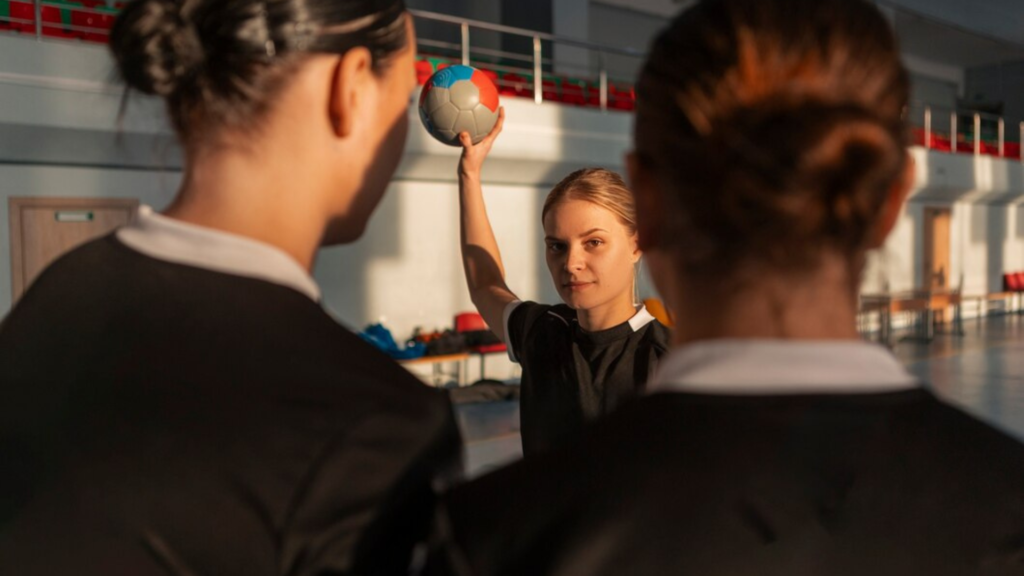
These guys are not always as likely as middle- or upper-class men to pass on their means of reproduction at school or through their money. In other words, the physical activities being studied are how working-class people pass on resources that aren’t money or education from one generation to the next. The social group is more than simply the people in it. It goes beyond the interests of each person to work for the goals of the group as a whole, and it creates all sorts of behaviors to keep the group going, both morally and physically.
These young athletes are probably distinct from other young people in the city because they have strengthened certain initial differences, such as their class, peer group, neighborhood of origin, interest in a certain activity, style of life, sense of values, and so on.
Chasers, keepers, beaters and seekers
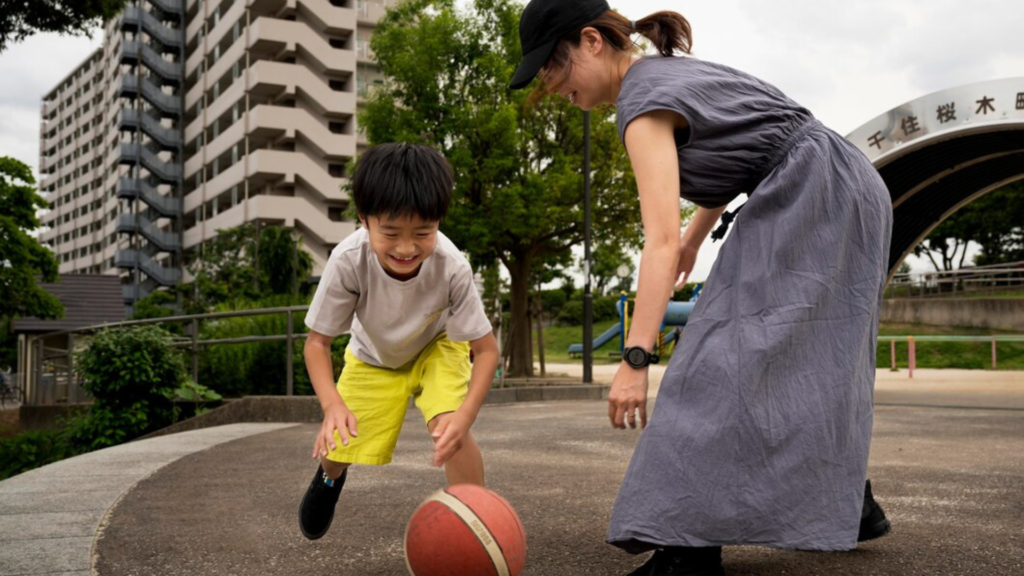
The interviewees’ social skills in sports set them apart from the teens who are more involved in delinquent or even deviant social gains, or from the so-called bourgeoisie teens from the higher levels of the local working class, who have more social and economic resources at their disposal, even when their networks of mutual acquaintances are sometimes connected. So, neither the “suburban youth” nor the “ghetto youth” are made up and put to use.
This makes them different from the slime and seems to make them more like other bodybuilders or boxers. After that, they can use both tactics to stay away from filth as well as snobs, losers, and other athletes who are similar. Some American and French fighters—mostly boxers rather than bodybuilders—said in interviews that their goal is to keep out of trouble. People have also said that they know the “big shot” in their area and say hello when they see them, but that doesn’t mean they would hang out with them.
Conclusion
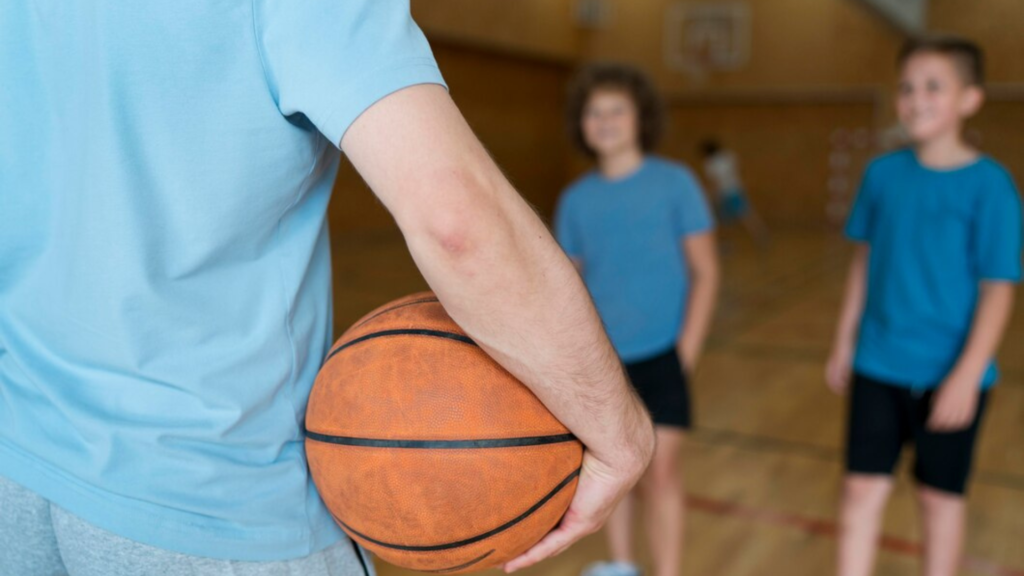
Bodybuilding and boxing help people feel like they belong to a community and bring them together in their homes. They also go beyond individual differences, which lets them have some power over social groups and popular friendship in a small area. First of all, those who live in working-class suburbs and ghettos are more likely to have bodies, use them (behaviorally), and think they can get money from them in the job market. Part of the reason for this is that the dominant classes’ ways of reproducing themselves (legal) schools, economic and cultural resources, and the classes of work are out of reach for them.
People who work for money frequently depend on their ability to work, which is mainly physical strength. The people who answered don’t have the same legitimate resources as the middle and higher classes. They have more physical resources than economic and educational ones. During the class battle, they will only be able to withstand their own physical strength, their own courage, their own morals, and the unity of their group.
